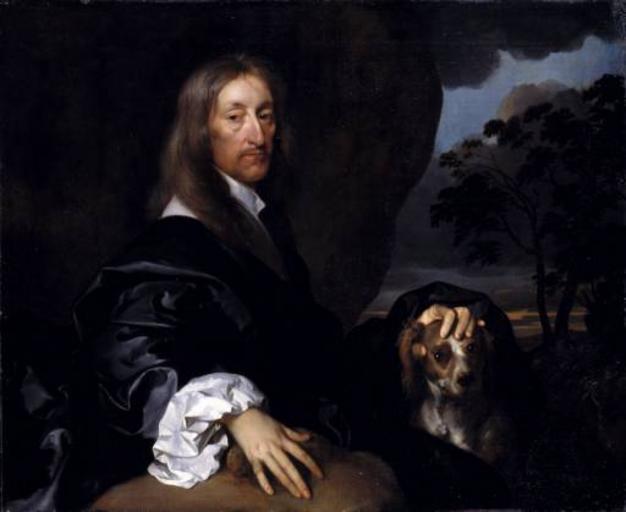MAKE A MEME
View Large Image

| View Original: | Sir_Thomas_Tipping.jpg (512x419) | |||
| Download: | Original | Medium | Small | Thumb |
| Courtesy of: | www.flickr.com | More Like This | ||
| Keywords: Thomas Tipping, baptised in Wheatfield church, Oxon, on 10 December 1615, inherited Wheatfield in 1626 and matriculated from Trinity College, Oxford in 1631, aged fifteen (Joseph Foster, ed., Alumni Oxonienses, IV, 1892, p.1490). In 1637 he married Elizabeth (died 1696), daughter of Sir White Beconshaw of Moyles Court, Ellingham, Hampshire, by whom he had sixteen children, of whom, according to the inscription on his monument in Wheatfield Church, eight survived him (transcribed in Rawl. B.400 c. fol.78, Bodleian Library). He died 1 March 1693, aged 78. On 15 June 1660 Thomas Tipping was created a Knight Bachelor by Charles II at Whitehall, for reasons that are not quite clear, soon after Charles's restoration to the English throne (W.A. Shaw, The Knights of England, II, 1906, p.228). It seems likely that the portrait was painted at about this time. The composition and style are similar to those of the portrait of John Verney at Claydon House, Bucks, documented as having been painted by Soest in April 1662; the Verneys had connections with the Tippings (F. and M.M. Verney, eds., Memoirs of the Verney Family, 1907, II, pp.102,284). The Tipping family, however, had hardly been devoted to the Royalist cause, since Thomas's sole paternal uncle was the puritan and parliamentarian writer William Tipping (1598–1649), author of A Discourse of Eternity (1633). Thomas himself served on local commissions from 1647 and was brother-in-law to the regicide John Lisle MP (c. 1610–64). Both were associates of the Member of the Long Parliament and Keeper of the Seal, Bulstrode Whitelocke; the latter's diary records that he dined with Thomas Tipping twice in April 1649 (The Diary of Bulstrode Whitelocke 1605–1675, ed. Ruth Spalding, 1990, pp.236–7). Thomas Tipping, baptised in Wheatfield church, Oxon, on 10 December 1615, inherited Wheatfield in 1626 and matriculated from Trinity College, Oxford in 1631, aged fifteen (Joseph Foster, ed., Alumni Oxonienses, IV, 1892, p.1490). In 1637 he married Elizabeth (died 1696), daughter of Sir White Beconshaw of Moyles Court, Ellingham, Hampshire, by whom he had sixteen children, of whom, according to the inscription on his monument in Wheatfield Church, eight survived him (transcribed in Rawl. B.400 c. fol.78, Bodleian Library). He died 1 March 1693, aged 78. On 15 June 1660 Thomas Tipping was created a Knight Bachelor by Charles II at Whitehall, for reasons that are not quite clear, soon after Charles's restoration to the English throne (W.A. Shaw, The Knights of England, II, 1906, p.228). It seems likely that the portrait was painted at about this time. The composition and style are similar to those of the portrait of John Verney at Claydon House, Bucks, documented as having been painted by Soest in April 1662; the Verneys had connections with the Tippings (F. and M.M. Verney, eds., Memoirs of the Verney Family, 1907, II, pp.102,284). The Tipping family, however, had hardly been devoted to the Royalist cause, since Thomas's sole paternal uncle was the puritan and parliamentarian writer William Tipping (1598–1649), author of A Discourse of Eternity (1633). Thomas himself served on local commissions from 1647 and was brother-in-law to the regicide John Lisle MP (c. 1610–64). Both were associates of the Member of the Long Parliament and Keeper of the Seal, Bulstrode Whitelocke; the latter's diary records that he dined with Thomas Tipping twice in April 1649 (The Diary of Bulstrode Whitelocke 1605–1675, ed. Ruth Spalding, 1990, pp.236–7). | ||||